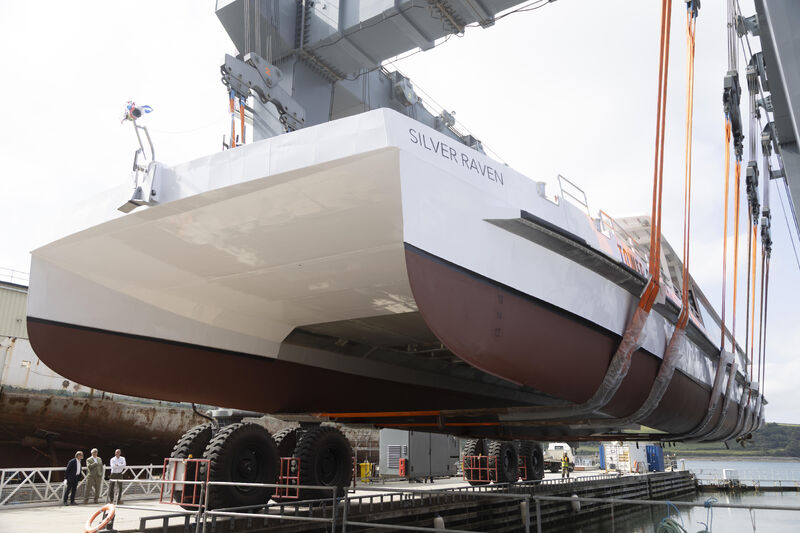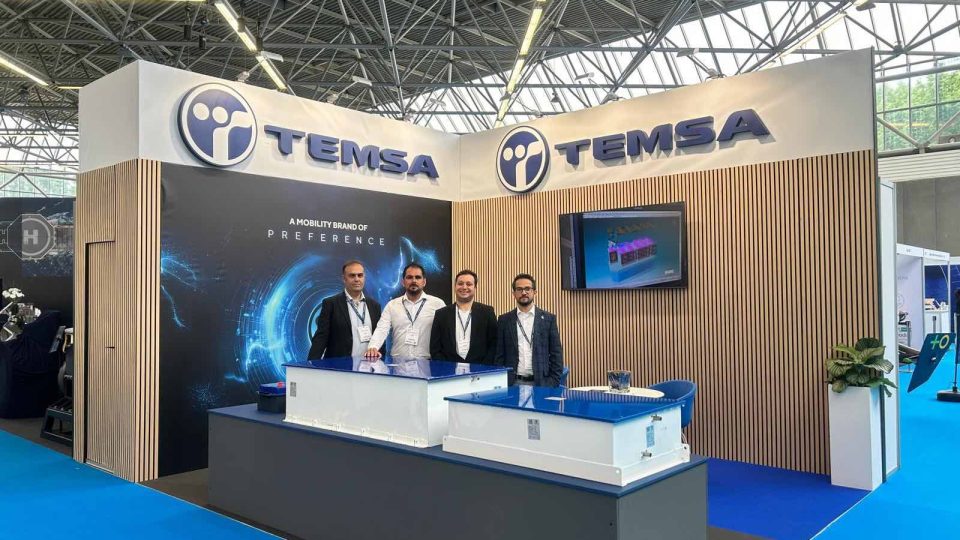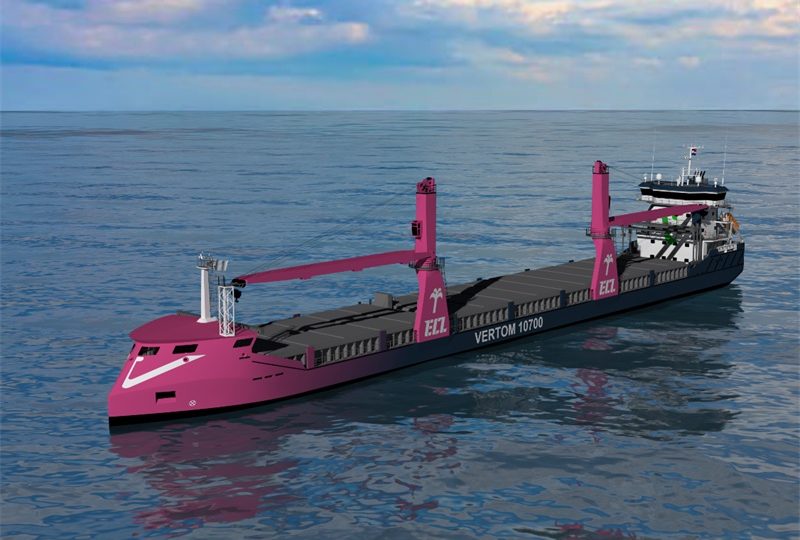Volvo Penta and Vertom Group together to electrify commercial shipping
The 7,000-ton Vertom Patty, powered by Volvo Penta marine gensets, has already reduced CO2 emissions by 30% in its first few months of operation.
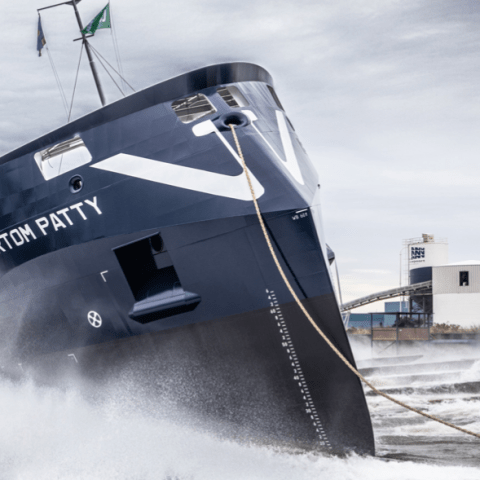
MV Vertom Patty is a mid-sized, multipurpose vessel, traversing the world with an array of cargo. But, instead of large diesel engines, the 7,000-ton vessel uses an array of four Volvo Penta marine genset type D13B-E MG (FE) power 400kW at 1800rpm for diesel electric propulsion.
It’s an intelligent design that not only reimagines vessel layout but also vastly reduces emissions. Since its launch at the end of 2022 MV Vertom Patty has seen an impressive reduction in CO2 emissions of 30% compared with a traditional diesel equivalent.
For decades, multi-purpose and container ship designs have relied on one large diesel engine as the primary power source. It’s a reliable setup, but one with limitations in reducing fuel consumption, lowering emissions and optimizing on-board space. The idea for the new configuration came after shipping company Vertom and ship design and engineering company Groot Ship Design approached Volvo Penta to explore more sustainable alternatives to the traditional single-engine design.
The companies were primarily focused on reducing emissions and approached Volvo Penta to take advantage of its industry-leading position in delivering better fuel efficiency to the marine segment. The result was a series of ten new vessels. MV Vertom Patty was the first ship to launch and the fourth, MV Anne Marit, was launched in November.
Volvo Penta sustainable solutions for commercial shipping
Bringing fresh thinking to traditional Marine Commercial design, Volvo Penta proposed a solution to use marine gensets to deliver power directly to electrical motors to power the vessel. Marine generators from Volvo Penta are a perfect choice for the Marine Commercial segment, as they are engineered to operate in harsh and often unpredictable environments.
They use diesel to convert fuel to electricity and are compact, lightweight, highly reliable and easy to service. But most importantly for Vertom, they offer significantly reduced fuel consumption and emissions, without losing power or performance.
“Volvo Penta has been significantly investing in the multi-use shipping sector in recent years, and we’ve developed a range of solutions. It was a real endorsement of our capabilities to have Vertom and Groot Design select our solution for MV Vertom Patty. Electric is driving the future of marine power, and our collaboration to power MV Vertom Patty is a stepping stone on our way to transforming Marine Commercial shipping,” said Jan-Willem Vissers, Director Marine Commercial.
Better space optimization
By replacing the single, large diesel engine usually seen on a commercial vessel of this size, with four, smaller gensets, the possibilities for hull design are expanded. For a start, there is greater flexibility in where the gensets can be placed and this offers a myriad of possibilities.
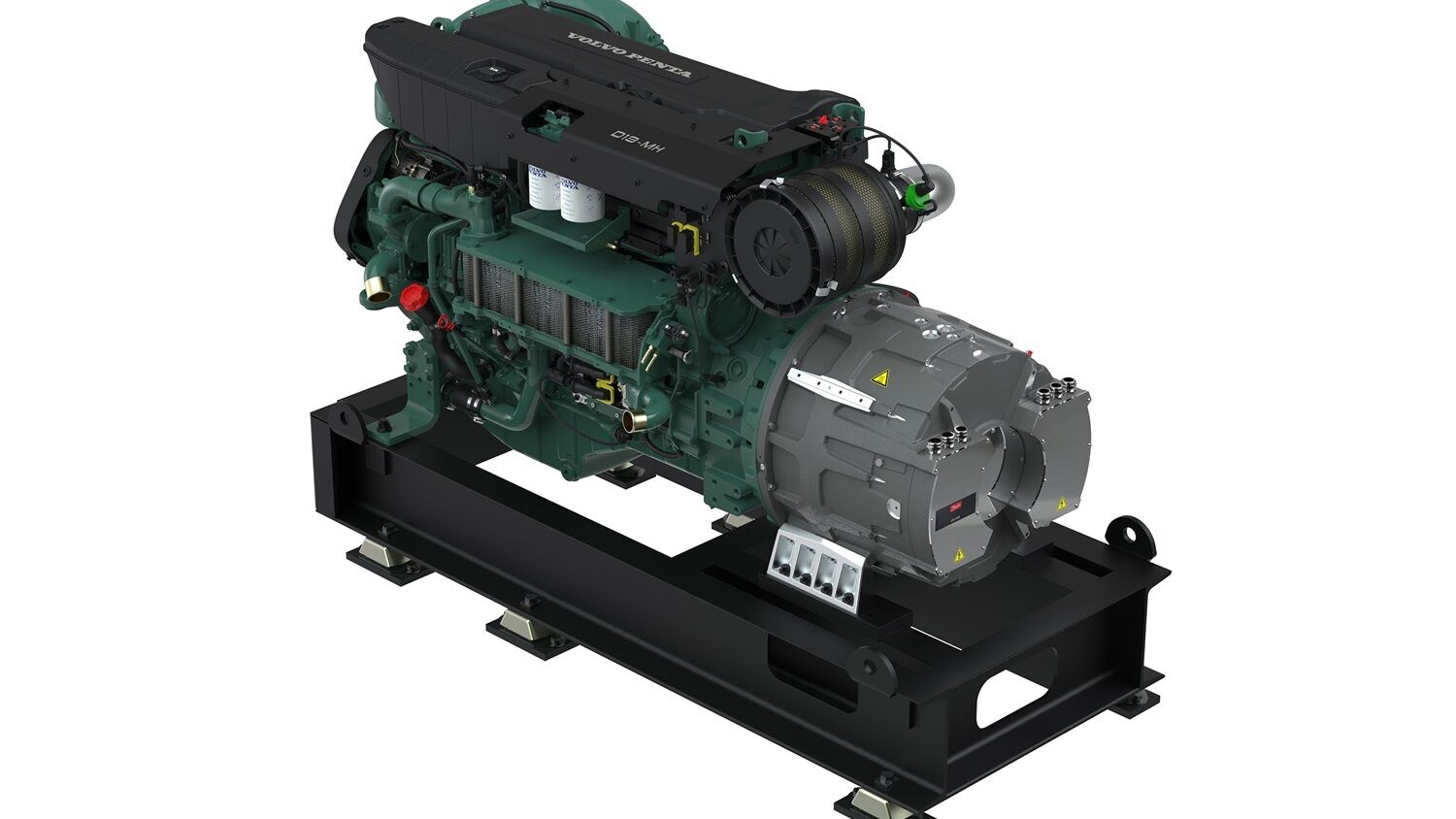
In the case of MV Vertom Patty, the gensets drive the gearbox and two electric motors that are housed below the deck. The result is a simplified engine room plus a greater area for ship owners to use for cargo. The move to marine gensets doesn’t just represent a leap in sustainable power solutions, but a revolution in ship design as a whole.
“I would like to express my appreciation to the shipyard and suppliers for their dedication and effort in realizing such an innovative vessel. We are pleased to see that the promised results in the performance of the vessels have been achieved. This development marks a significant stride in our pursuit of achieving a 40% reduction in carbon intensity by the year 2030,” Arjan de Jong, CEO at Vertom commented.
Ship owner Vertom is a leading expert in global shipping, with almost 50 years in business and a fleet of more than 100 multi-purpose vessels. MV Vertom Patty was developed in collaboration with Vertom, Groot Ship Design, a Dutch engineering company, Thecla Bodewes Shipyards and Volvo Penta.






